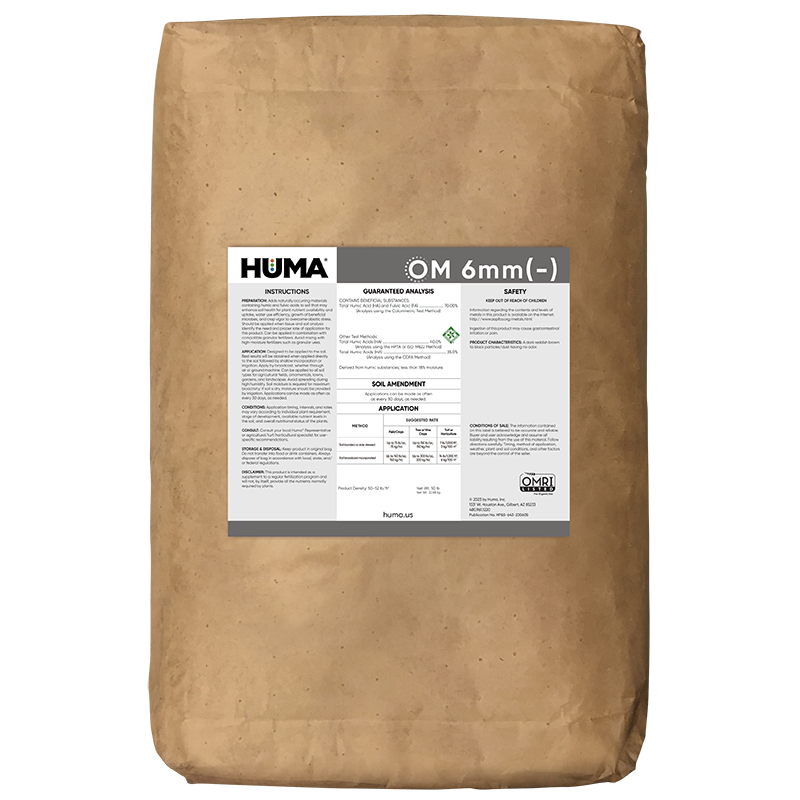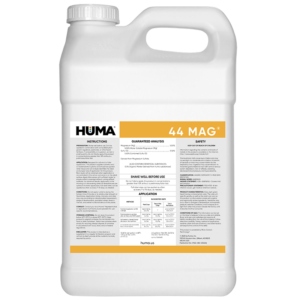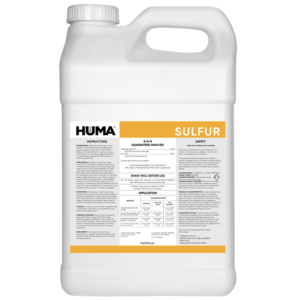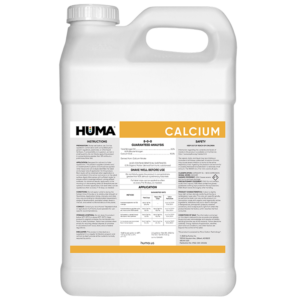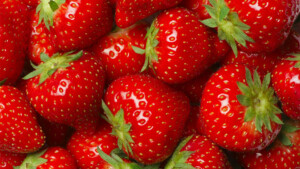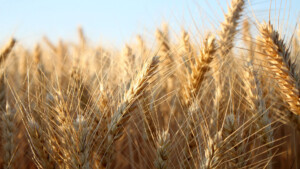OM 6 mm(-)
Benefits of Use:
- Variable granular size promotes even coverage/distribution of humic/fulvic acid for sustainable carbon benefit
- Long-term soil organic-matter building
- Increased water penetration
- Increased flocculation of clays
- Promotes conversion of fertilizer into plant-available food
- Increases soil nutrient mineralization
- Sustainable soil microbial activation
FAQs
Related Videos
Huma Minute – What is Humic Acid with Cory Ritter
Huma Mid-West Regional Sales Manager Cory Ritter discusses the different types of humic acids and what they do for your plants.
Learn More
Huma Minute – Humate Application Rates with Cory Ritter
Huma Mid-West Regional Sales Manager Cory Ritter discusses humate application rates and why there is not a one-size fits all rate.
Learn More
Huma Minute – Humic Acid Testing Methods with Cory Ritter
Huma Mid-West Regional Sales Manager Cory Ritter discusses the differences in the various humic acid testing methods.
Learn More
Related Products
Related Case Studies
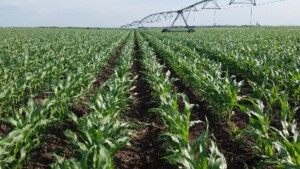
Huma® Organic Fertilizers Easy to Use, Improve Yield on Organic White Corn
Objective The objective of this field trial was for the grower to evaluate the ease of use and the effectiveness of 4 OMRI-Listed liquid Huma® organic crop nutrition products based on known field deficiencies. Materials & Methods The organic producer provided 2 80-acre plots of organic white corn in eastern Nebraska that was at the
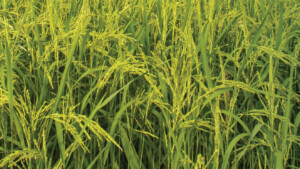
Huma® X-Tend® Compared with Agrotain® on Rice Production in Southern Missouri
Introduction Nitrogen loss through volatilization begins to occur immediately after application unless the urea is stabilized. Agrotain® has been the industry standard for urea stabilization. In 2011, at Shoffner Farm Research, a trial was established to compare Agrotain® and the Huma® product X-Tend® to increase nitrogen use efficiency and rice yield (using the CL 151

Huma® Breakout® Increases Processing-Tomato Yield With 8:1 ROI
Objective In this study, the Huma® growth manager product Breakout® was evaluated in terms of its effects on yield and quality of processing tomatoes. Materials & Methods In cooperation with the University of California, processing tomato seedlings were transplanted on a farm in Central Valley of California near Patterson on April 4 and then harvested
Related Blog Posts
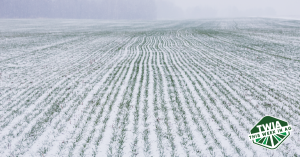
This Week In Ag #95
Fans of the animated Christmas classic “The Year Without a Santa Claus” will undoubtedly recall Heat Miser and Snow Miser, the bickering siblings who controlled weather patterns. Their outright refusal to cooperate with one another forced Mrs. Claus to go over their heads and see Mother Nature when she desperately needed snow to fall in

Q&A: Leveraging Biostimulants and Biofertilizers for Sustainable Growth
Fred Nichols, Chief Sales and Marketing Officer at Huma®, shared his perspective in a recent article on biostimulants and biofertilizers, published in CropLife and American Fruit Grower Magazine. In the article, Fred discusses the growing role of these products in sustainable agriculture, their benefits, and their impact on crop production. Below are the questions posed

This Week in Ag #49
The image below is more than just a funny meme. It depicts how generations of farmers painted the canvas of their fields. The farm I grew up on consisted of a 160-acre field, complete with waterways, hills, wet holes, varying soil types, point rows, and in spots, contest-winning yield potential. We annually split the field

